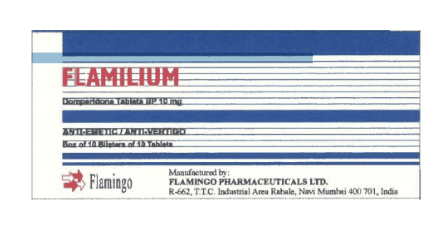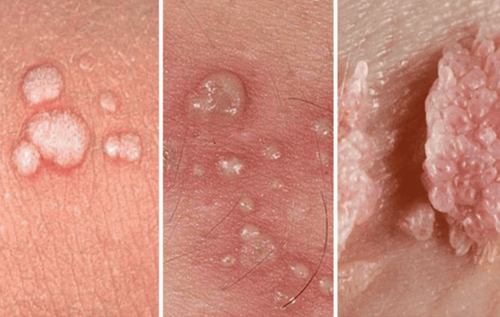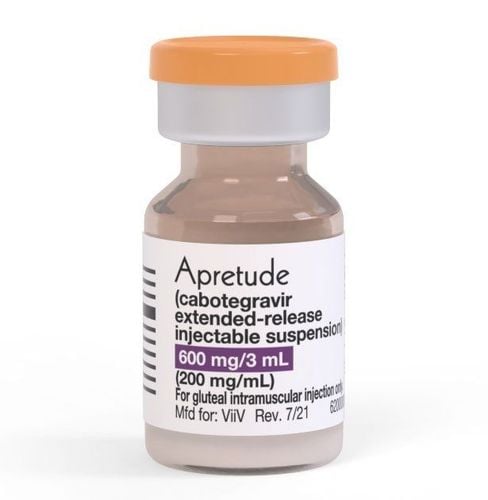This is an automatically translated article.
Burkholderia cepacia is one of the causative agents of many dangerous diseases. In particular, they can weaken the patient's immune system and cause the lungs to die.
1. What is Burkholderia cepacia?
Burkholderia Cepacia are a complex group of bacteria found abundantly in soil and water. This is a gram-negative bacterium with more than 20 different species. This bacterium is aerobic and grows by converting energy from the oxidation of carbohydrates.
Burkholderia Cepacia bacteria strain is one of the agents of opportunistic diseases in the lungs when the immune system is weakened. In addition, patients with sickle cell disease are also subject to attack and cause their disease.
Burkholderia cepacia strain has the ability to survive for a long time in a humid environment. This type of bacteria can be transmitted from person to person, especially easy to spread in public settings such as hospitals, clinics... Therefore, it is important to detect and isolate people infected with Burkholderia bacteria early. Cepacia is needed.
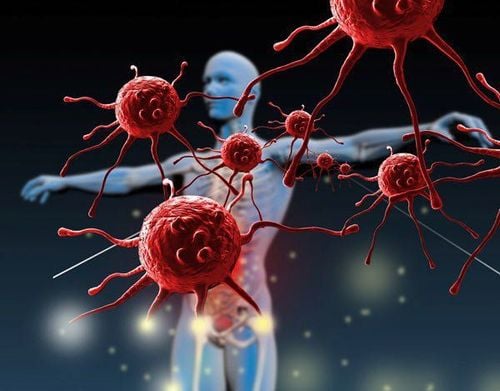
Vi khuẩn burkholderia cepacia là loại vi khuẩn phức tạp khiến hệ miễn dịch suy yếu
2. Is burkholderia cepacia infection dangerous?
Burkholderia Cepacia is the causative agent of Melioidosis, which is very common in Southeast Asia such as Vietnam, Laos, Thailand, Cambodia, Burma... In addition, the disease is also common in Australia.
Burkholderia cepacia's infection route is quite diverse, can enter the body directly through wounds or abrasions on the skin. At the sites of attack, several small pustules will appear, which can sometimes form large abscesses.
3. Recognizing signs of infection Burkholderia Cepacia
If the patient is immunocompromised due to other causes, or is suffering from a chronic disease, bacteria will enter the bloodstream directly, causing serious clinical manifestations similar to septicemia .
Burkholderia Cepacia can exist even in macrophages. This makes treatment difficult, and is also the reason why the disease can recur in many people.
Depending on the individual condition, Burkholderia Cepacia infection can develop in 3 forms:
Acute form: Severe sepsis accompanied by symptoms of diarrhea, high fever for many days. Patients can die within a few short days. Subacute form: Often has features similar to typhoid and is identifiable by abscesses in the kidneys, liver, lungs, and muscles. This form can be fatal within weeks of infection. Chronic form: This is a condition where bacteria reside for a long time in the body, forming abscesses in the bones or under the skin. Occasionally, they also present a wave-like course of sepsis.
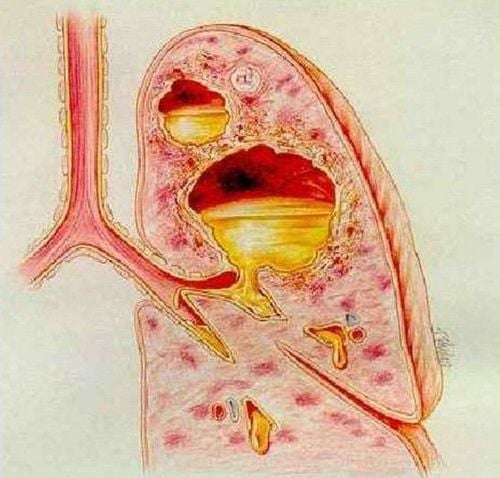
Áp xe phổi, gan có thể do vi khuẩn burkholderia cepacia gây ra
4. Treatment of patients with Burkholderia Pseudomallei
As noted above, strains of bacteria Burkholderia Cepacia, especially the agent Burkholderia Pseudomallei, are the main causative agents of Melioidosis. This is a highly dangerous infectious disease caused by the strain B. Pseudomallei which is naturally resistant to antibiotics such as penicillin, aminoglycosides, macrolides, quinolones...
Therefore, the treatment of the disease Burkholderia pseudomallei should be done carefully, divided into 2 main phases:
Invasive treatment Usually lasts about 10-14 days until all clinical manifestations are gone. Some severe cases such as arthritis, osteomyelitis, meningitis... will have an attack duration of more than 1 month.
At this stage, the patient will be injected with 1 of 3 antibiotics. In addition, the patient must also use some other combination drugs during treatment.
Maintenance treatment This phase lasts quite a long time, can be from 3 to 6 months. To avoid the development of drug-resistant bacteria due to the incomplete treatment of Whitmore's disease, patients need to follow the correct course of treatment from their doctor, absolutely do not take longer or arbitrarily shorten the time of taking the drug.
It can be said that the bacteria burkholderia cepacia is a danger to the entire public health. Therefore, as soon as your body shows signs of illness, even if it's mild, you still need to go to the hospital for a checkup to easily control your health.
To register for examination and treatment at Vinmec International General Hospital, you can contact Vinmec Health System nationwide, or register online HERE.
MORE:
What is Whitmore's disease and how does it manifest? Is Whitmore's disease contagious? Prevention of upper respiratory tract infections in children during the change of seasons




